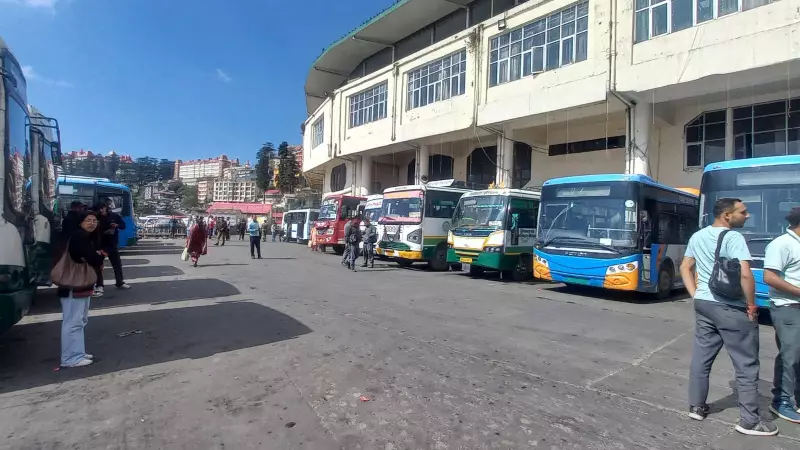
Diesel Dependency Threatens Himachal's Environment Despite Green Efforts
A groundbreaking Climate-Adjusted Human Development Index Report has sounded the alarm on diesel-powered vehicles and machinery becoming the primary drivers of greenhouse gas emissions in Himachal Pradesh. The comprehensive study, released jointly by the United Nations Development Corporation and the state government on October 27, identifies multiple sectors where diesel consumption is creating environmental challenges.
Transport and Tourism: Major Emission Hotspots
The report highlights that diesel-powered vehicles, generators, and water pumps across tourism, transportation, agriculture, and water supply sectors are significantly contributing to climate deterioration. Particularly vulnerable are ecologically fragile regions that also happen to be tourism-intensive areas.
Popular hill stations including Dalhousie, Khajjiar, Kullu, Manali, Shimla, Dharamshala, and McLeodganj are experiencing worsening air quality during peak tourist seasons. The concentration of diesel vehicles, combined with traffic congestion and idling engines, creates hazardous emission levels in these picturesque destinations.
While the government's initiative to introduce electric buses in public transport receives acknowledgment, the report criticizes the slow pace of this transition. "Himachal Road Transport Corporation historically ran mostly on diesel-powered buses. Electric buses are now being slowly introduced," the report states, emphasizing that private taxi operators essential to tourism continue to prefer diesel SUVs and vans for better mileage.
Construction Sector Shows Alarming Growth in Diesel Use
Data from the Himachal Pradesh Registration and Licensing Authority reveals a startling 66 percent increase in diesel-powered vehicles used in construction between 2014 and 2024. The numbers jumped from 6,000 to nearly 10,000 vehicles over the decade, with approximately 92 percent registered as goods carriers.
Construction emerges as an energy-intensive activity heavily dependent on cement, steel, and diesel-powered machinery, all materials with high embodied carbon levels. The report identifies this sector as a primary emission driver alongside tourism.
Although diesel vehicles specifically used for tourism showed an overall decline from about 8,000 in 2014 to around 6,000 in 2024, there was a concerning increase from the 2021 figure of 4,000 vehicles.
Agriculture and Power Supply Add to Emission Woes
The agriculture sector is witnessing increased reliance on diesel-operated water pumps to lift water from rivers, streams, and groundwater sources. This shift from traditional gravity-based irrigation systems is directly attributed to declining rainfall patterns and drying natural springs.
Despite Himachal Pradesh being an energy-surplus state, erratic power supply and low-voltage issues in remote areas force residents, hotels, and construction sites to depend on diesel generators and wood-burning as backup energy sources.
The GHG Emissions Inventory data reveals that about 53.56 percent of total CO₂-equivalent emissions from the energy sector were attributed to electricity consumption in industries, commercial institutions, and tourism facilities. Within the industrial sector alone, cement production accounted for 95.3 percent of the 5.57 million tonnes of CO₂-equivalent emissions.
The report concludes that rapid urbanization and tourism growth, combined with inadequate planning and climate-related infrastructure damage, continue to encourage emissions-heavy alternatives, threatening the delicate ecological balance of the mountain state.





